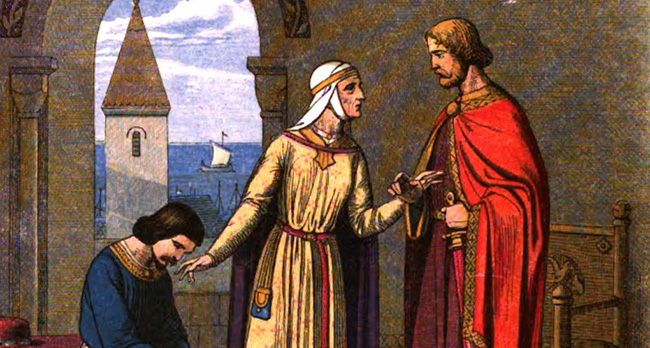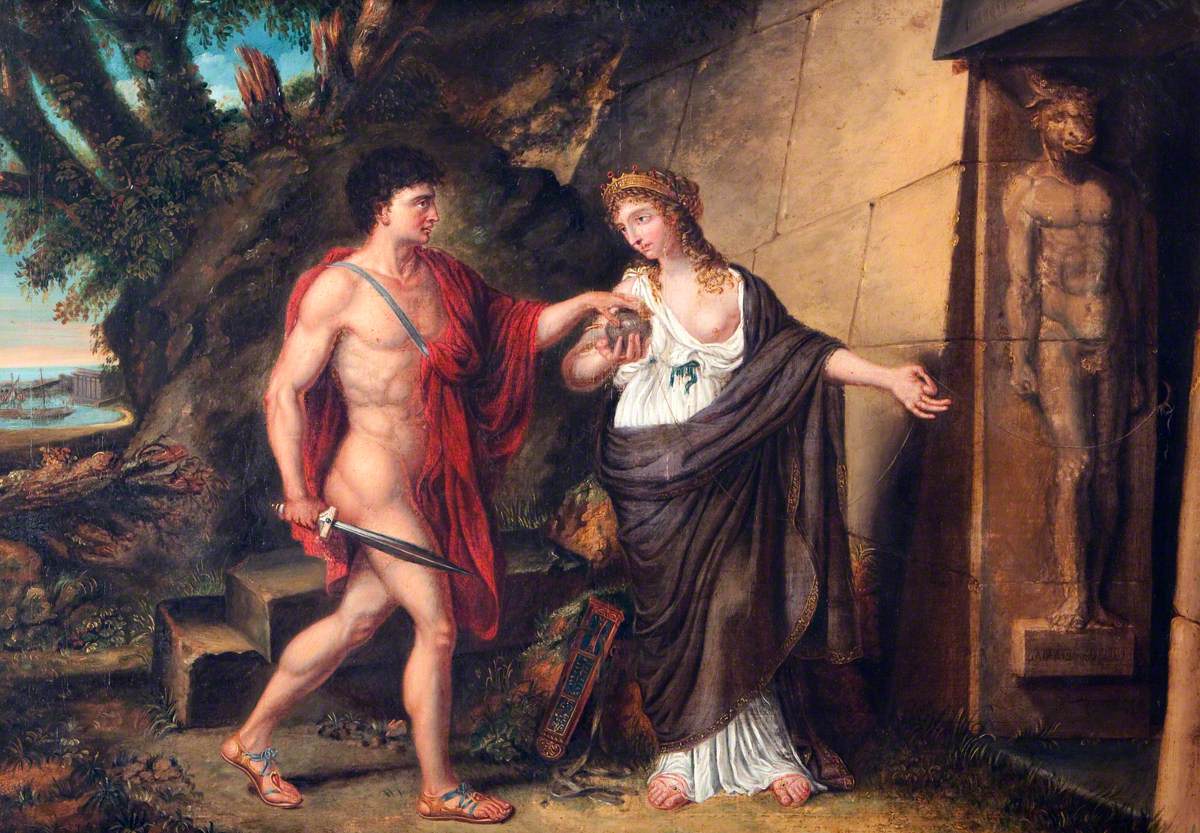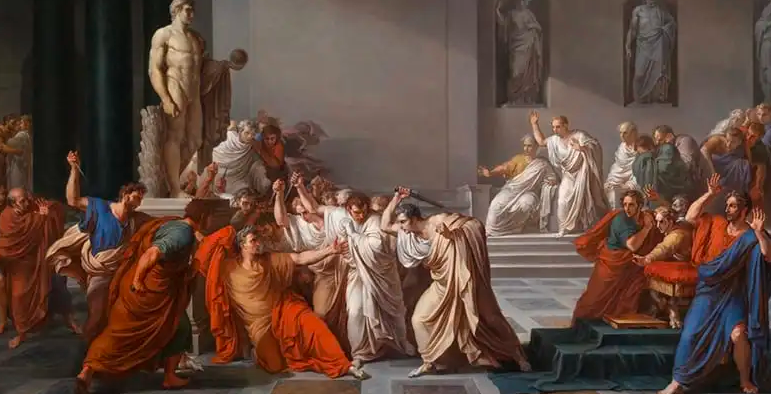From well-known celebrities to people we know to our own incidents, we often hear and go through the terrible feeling of breaking up. However, have we ever wondered where the concept of breakups start?
Interestingly, the term was first coined during the mid-eighteenth century for groups, assemblies, marriages and relations. Later in 1936, the term ‘break it up’ was coined which was a command to stop a fight.

After the term ‘break up’ was coined and started being used, several authors and psychologists started studying the term. Author L. Lee wrote a book, Sequences In Separation: A Framework For Investigating Endings Of The Personal (Romantic) Relationship, where he mentioned the five stages that can lead to a breakup.
The first stage is dissatisfaction, where one or both mates become dissatisfied with their bond. The second stage is exposure, where the partners are exposed to their problems. In the third stage of negotiation, the duo negotiates about the solution for their issues. The fourth stage is resolution and transformation, where it works on the outcome of their negotiation. In the final stage of termination, the author mentions that if the resolution fails to fix their issues, no further solutions are accepted or applied.

Steve Duck, a social psychologist turned communication scholar, mentions a six-stage cycle of a breakup in his book, The Basics Of Communications.
This cycle includes dissatisfaction with relationships, social withdrawal, discussion of reasons for discontentment, going public, tidying up memories and recreating the sense of social value.

Charles Hill, Rubin Zick and Peplau Letita Anne, in their book Breakups Before Marriage: The End Of 103 Affairs, identified five factors that indicate a chance of breakup before marriage and they are: unequal involvement in the relationship, age difference, different educational aspirations, difference in intelligence and difference in physical attractiveness.

Interestingly and obviously, people used to break up long before the authors started studying the stages, cycles and factors that could lead to a separation. While the actual term was coined much later, people apparently started separating in the 8th or 9th century BC.
One instance of this was Eleanor Of Aquitaine and Henry Of Anjou, who tied the knot in 1152. Despite having five sons and three daughters, their relationship was plagued by frequent fights, mixed emotions, and Henry’s extensive extramarital affairs. In 1167, the duo divorced. Later, Henry consigned Eleanor into confinement, where she remained until his passing in 1189.

On the other hand, Theseus, the Greek hero, abandoned and left his lover, Ariadne after Goddess Athena convinced him that she was nothing but a distraction for him. After she convinced him that his future was with Athens, he abandoned her while she slept on the island of Naxos. Well, this information is as legitimate as any folklore, but what a story!

Julius Caesar, the Roman General, was married to a rich woman, Pompeia. They were married for two years until 62 BC. However, he divorced her after hearing the rumors about her extra-marital affair.

However, with time, situations started changing and now, the current breaking-up scenario is very different.
While the core emotions remain the same – heartache, sadness, confusion – how we experience and deal with breakups now has changed and evolved. From not having feelings for each other anymore to a lack of mutual respect, the reasons for splitting up are much more logical and understandable now than it was earlier.

Now, individuals don’t ‘sacrifice’ their own self and their happiness to be in a relationship. In fact, it’s becoming more acceptable to have open and honest conversations about a relationship. The couples discuss their needs, expectations and concerns, which leads to a mutual understanding behind a breakup. Of course, we are talking about the ideal-case scenarios, here.

From ancient traditions to modern love complexities, we have uncovered the ever-changing dynamics of love and relationships – which acts as a reminder that humans are constantly adapting to their evolving emotional needs. While breakup might not be a new thing, the way we have adapted to the changing dynamics of breaking up is quite commendable.



